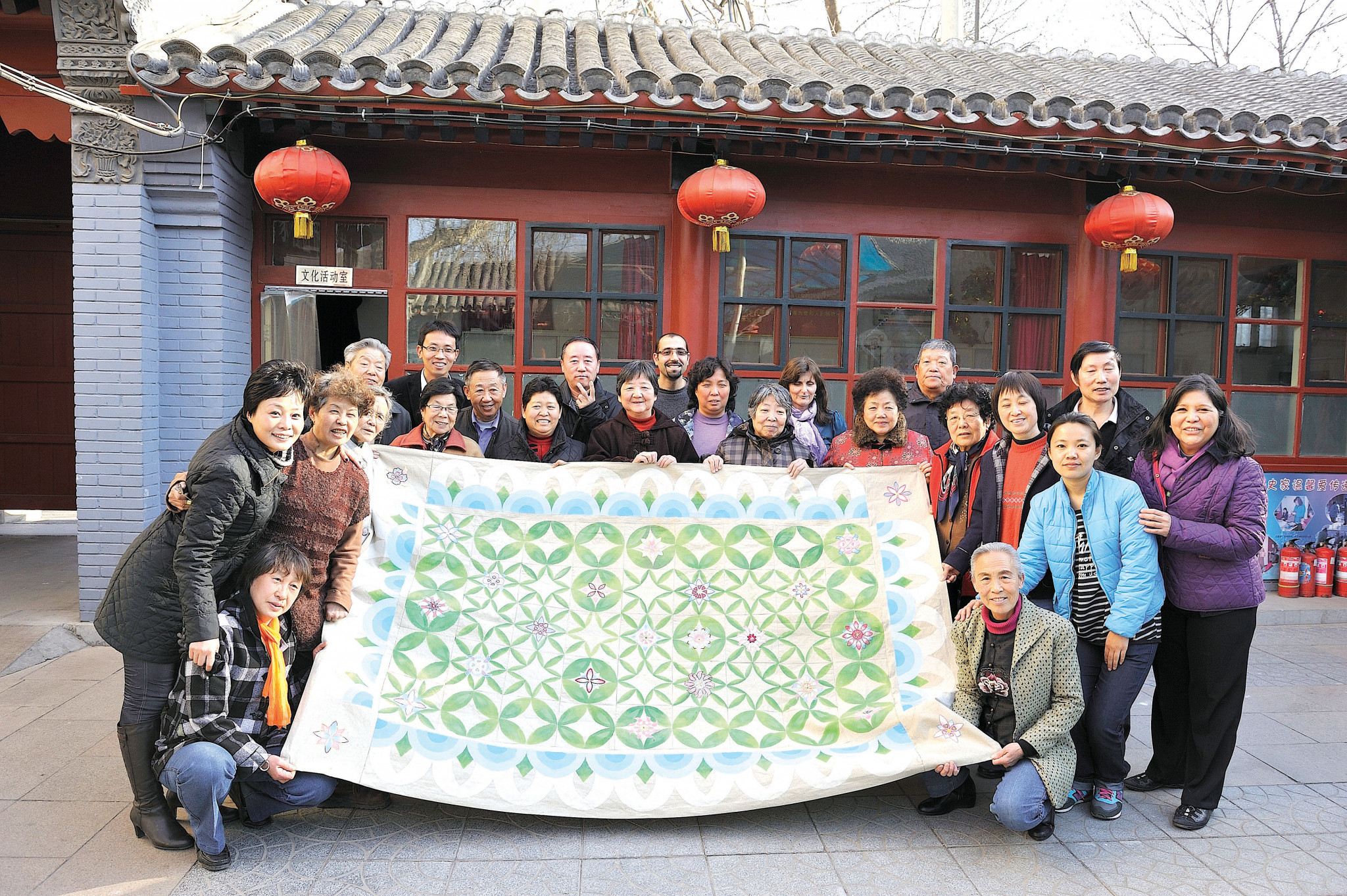China
The School’s work in China is proving to be of great interest to a society that is re-evaluating its cultural and traditional values.
Organisations and individuals in China have extended to the Prince’s School such generous welcome that our work there goes from strength to strength. We were first invited to Hangzhou in 2009 to run a workshop for architecture students at the China Academy of Art. Here we also participated in a conference which gathered together masters in calligraphy, woodblock printing, lacquer, ceramics and textiles. Since then, our team has spent substantial time in China researching traditional arts and crafts.
We have collaborated with Chinese colleagues on a range of diverse projects, principally in three other places apart from Hangzhou: Jinze (near Shanghai), Beijing and Dunhuang.

Jinze Traditional Arts Centre has twice hosted the Prince’s School. The first occasion was a ten day workshop with design students, looking at the language of traditional arts in China. The second was the Gathering of Experts conference, which assembled government officials, project managers, artists and craftsmen from different regions of China with our School team. The conference investigated the common identity of Chinese arts and how these are variously expressed and interpreted in different regions. We were allowed to show how we approach research and teaching about the traditional arts at the Prince’s School and we also showed how traditional arts in different civilizations relate to each other, through a practical workshop on the universal principles of the Order of Nature.

In Beijing, two projects reflect how the School’s focus on the roots of a traditional culture can inspire the expression of a contemporary identity. The process of regeneration of the Shijia Hutong was used as an educational resource for both the elder and the younger generations of the local and wider community. A series of workshops, lectures and design projects were implemented to investigate the holistic nature of Chinese traditional art, architecture and crafts.
The second project extends this process of investigation into product design. Our collaboration with Zhaoyi, a high-end Jadeite jewellery design house, encourages their designers to draw links from the roots of Chinese cultural heritage and produce products that are beautiful and meaningful.

In Dunhuang, a partnership with the Dunhuang Culture Promotion Foundation is integrating our cross-curricular teaching methods into many aspects of Dunhuang’s education system. This includes artist residencies and exchange programmes, developing inspiring resources for teachers, and working closely with the Dunhuang Research Academy to find new ways of celebrating the cultural heritage of the Mogao caves.
These wide ranging activities have woven a network of relationships and contexts that makes China a major centre for the Prince’s School of Traditional Arts.




